Research Groups
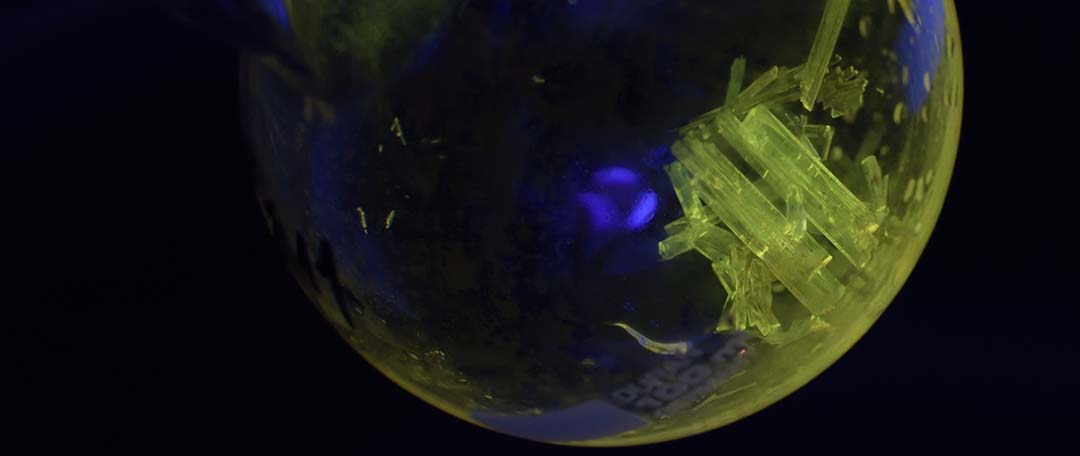
Porous Materials and Nanosystems
Development of new nano- and micro-sized materials, including their preparation methods, with impact in a multitude of areas of the scientific knowledge, particularly in luminescence, catalysis, gas sorption and separation, ion exchange, magnetism, MRI contrast agents, drug delivery.
Know More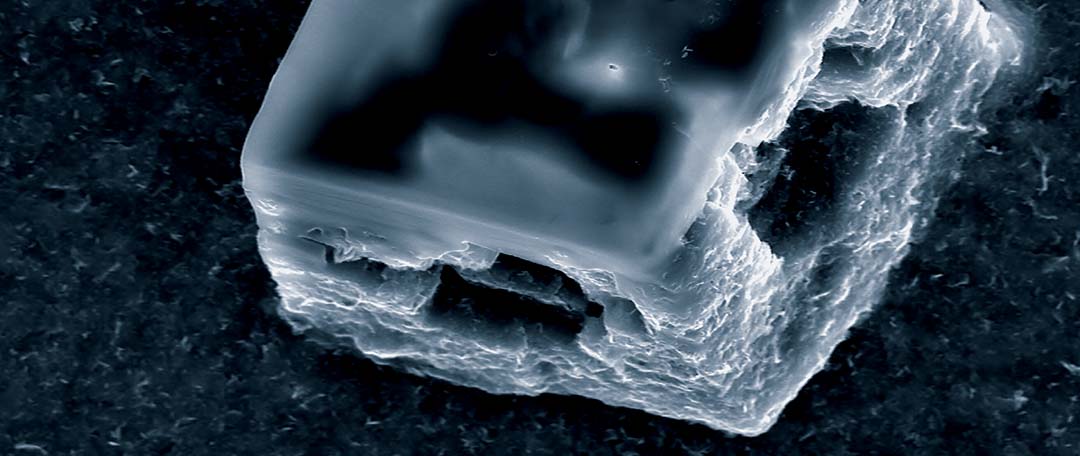
Photonic, Electronic and Magnetic Materials
Development of new and improved photonic, electronic and magnetic materials, for a wide range of application in areas including health, energy, and information technologies.
Know More
Electrochemical Materials, Interfaces and Coatings
New materials for green energy applications, surface functionalization for corrosion protection, alternative bio-based materials (polylactic acid, cellulose, chitosan or carrageenan) and processes.
Know More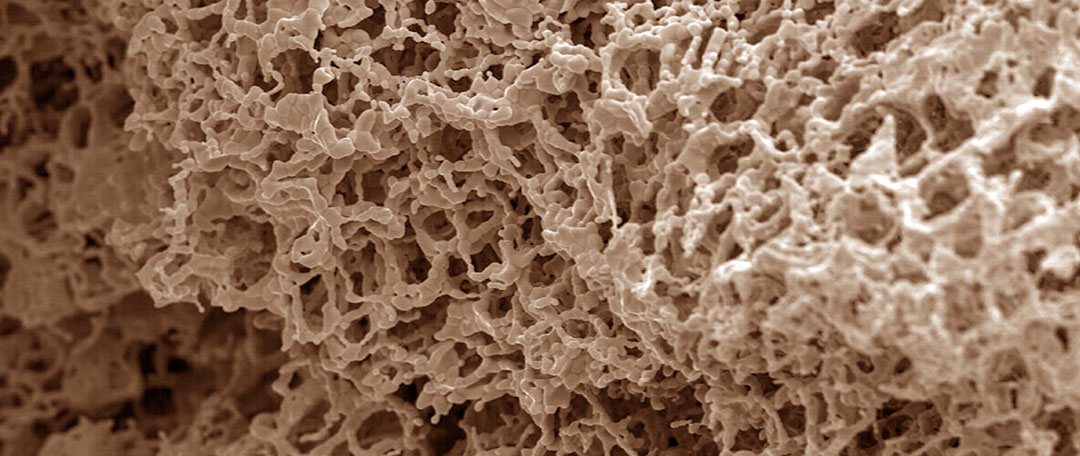
Renewable Materials and Circular Economy
Committed to advancing the sustainable utilization of renewable materials and byproducts across different sectors, our research encompasses the biorefinery principles, biomass valorization, production of platform chemicals, biobased polymers & nanocomposites production, and industrial waste recycling.
Know More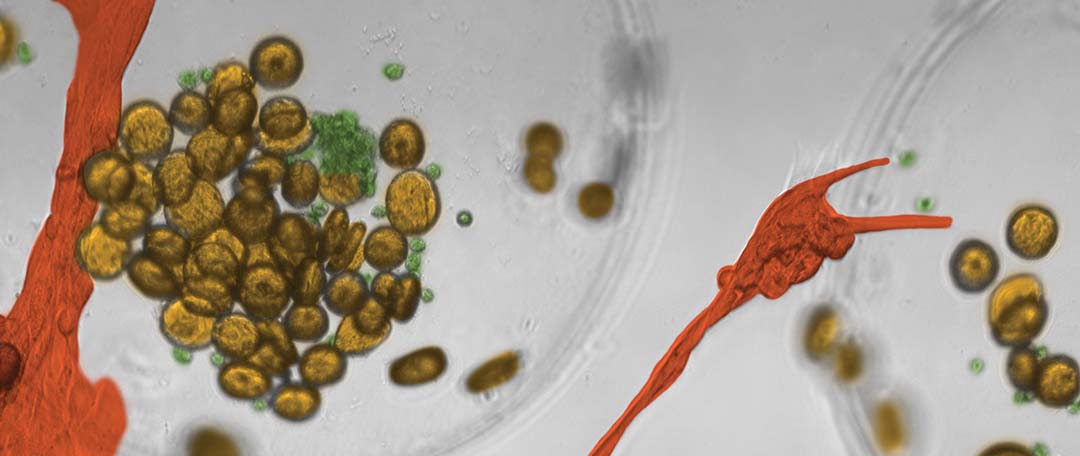
Biomimetic, Biological and Living Materials
Development of health-related materials, products and technologies following a bench-to-bedside concept via R&D. The group focuses on the production and application of biomimetic, biological and living materials to improve human health, viz. in regenerative medicine, drug delivery, prognosis/diagnosis, and as sensors and therapeutics.
Know More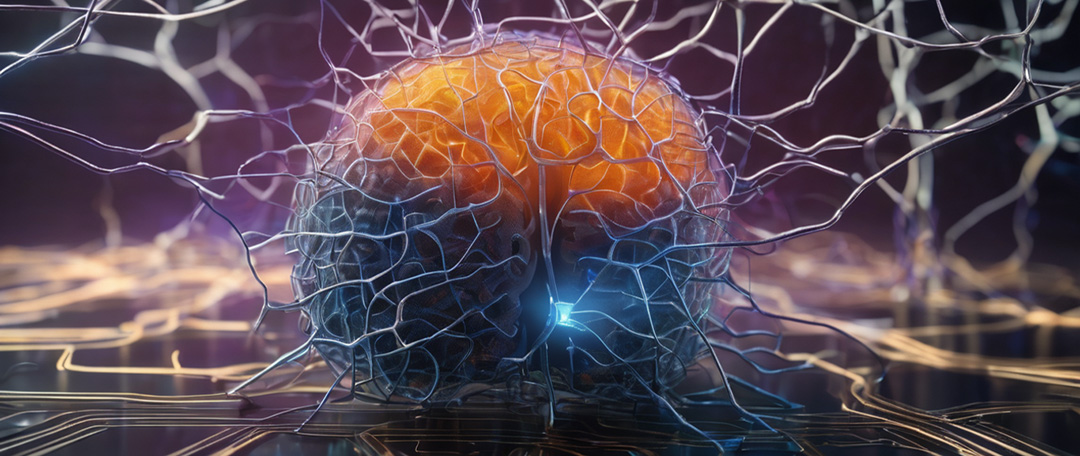
Virtual Materials and Artificial Intelligence
By leveraging artificial intelligence with multi-scale computer simulations using realistic models of materials, we design and analyze material structures with bespoke properties, for applications in diverse areas such as adsorption, (bio)electronics, catalysis, photonics, separation, or waste recovery.
Know MoreResearch Lines

Digitization
The first thematic line advances digitization by developing materials, devices, and technologies for Industry 5.0, prioritizing energy-efficient solutions in IoT, smart health, security, and computing, while integrating quantum components, artificial inteligence, and novel computing.
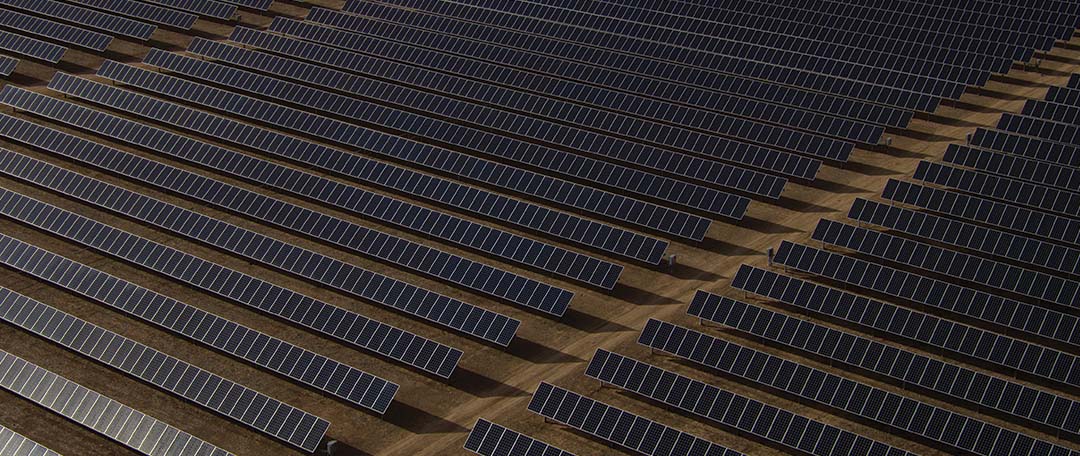
Energy
The second thematic line focuses on driving the energy transition by developing advanced materials and sustainable processes for efficient energy solutions, emphasizing environmental sustainability and performance alignment from project inception.

Sustainability
The third thematic line centers on sustainability, driving research on green materials, processes, and products to address societal needs for renewable resources, resource efficiency, and reduced environmental impact, aligning with the EU"s long-term vision and Horizon Europe goals.

Health
The forth thematic line focuses on advancing health by developing innovative biomaterials, technologies, therapeutic molecules, and biomedical products, translating scientific research into pharmaceutical, medical, and advanced healthcare applications.
Materials for sustainable development
General Aims
Materials to be developed span from ceramics and inorganic materials to soft matter, biopolymers and organic-inorganic hybrids. They will be "right-size" materials, prepared and processed at the appropriate length scale, or hierarchically structured, often multifuncional.MATERIALS SCIENCE AND ENGINEERING, AND NANOTECHNOLOGY
- To design, prepare, process and characterize: Inorganic and organic-inorganic multifunctional materials and nanostructures of different (0-3D) dimensionality, for the information and communications technologies (optical, magnetic properties), photovoltaics, catalysis, biological and environmental applications; ferroics and nanostructures for integration in electronic, magnetic, electromechanic, thermal or biomedical devices and energy saving applications;
- To increase the performance and added value of materials via surface functionalisation for corrosion protection, wear resistance, various sensors, and innovative multifunctional configurations;
- To study molecular systems structure, from atoms to devices, calculate their physicochemical and electronic properties, predict their behaviour, viz., under pressure and temperature.
SUSTAINABILITY AND CIRCULAR ECONOMY
- To develop new products based on renewable resources to replace fossil raw materials as sources of commodities and specialty chemicals, materials and fuels, based on sustainable processes;
- To address in particular the “plastic problem” by developing biobased and biodegradable functional polymers, and processes that enhance the circularity of conventional plastics;
- To develop new processes to add value to waste streams, by recovering, or converting them, into a secondary source of raw materials;
- To design, prepare, process and characterize new materials for pollution control, in particular materials to assist the decarbonisation of industrial processes by CO2 separation, capture and conversion; (ad/ab)sorbents or new catalysts to remove contaminants from air (e.g., NOx, CO, VOCs) or water (e.g., heavy metals, drugs, pesticides and persistent pollutants);
- To develop and design materials and devices for sustainable energy production, namely energy harvesting, energy storage, thermoelectric energy conversion, and more efficient thermal processes without greenhouse gases;
- To assess the environmental impact of the novel solvents, materials, products and processes being studied.
BIOMEDICAL SCIENCE AND ENGINEERING
- Biomaterials for regenerative medicine and disease modelling: development of inorganic, macromolecular, composite or self-assembled molecules, processed by advanced methodologies to develop biomedical and cells-combined constructs that may be used in tissue engineering and personalised medicine, both for therapies to regenerate damaged tissues, and as platforms for in vitro drugs screen;
- Cell-based therapies for prevailing relevant health problems, exploring scaffold-free, nanobiomaterials and surface cell engineering approaches;
- In silico methodologies: use of quantum calculations and molecular dynamics simulations for the modelling the interaction of drugs with biological targets;
- Analytical tools: metabolomics to assess material-organism interactions and improve disease management, monitoring of complex cellular processes and biomaterials development;
- Sustainable strategies in biomedicine: valorisation of natural products for the development of advanced and multifunctional biomaterials; use of mild and green processes for the development of cost-effective purification processes for biopharmaceuticals.
We use cookies for marketing activities and to offer you a better experience. By clicking “Accept Cookies” you agree with our cookie policy. Read about how we use cookies by clicking "Privacy and Cookie Policy".
Personal data
CICECO-Aveiro Institute of Materials respects your privacy, ensuring confidentiality of personal data you share with the institution through this way, not collecting any personal information about you without your consent, under the terms required by General Data Protection Regulations (RGPD).
The data collected in forms are intended exclusively for processing user requests and will not be used for any other purpose, always safeguarding their confidentiality, under the terms of the protection conferred by the aforementioned regulation.
The collection and processing of data is the responsibility of CICECO and its storage is properly protected, only authorized CICECO employees can access the information within the scope of their functions, always being clear in the respective collection forms the purposes for which they are intended. The remaining issues to be considered in this matter will be handled by the University of Aveiro in accordance with the regime established by the GDPR.
Cookies policy
Cookies are small files with alphanumeric information that are stored on your computer's hard drive by your browser and are intended to improve the user experience and enhance website navigation.
Collection and use of technical information
The cookies used on CICECO are anonymous, and no information about our users that allows their personal identification is stored in them.
The technical information recorded consists of:
- iP (Internet Protocol) address of the visitor;
- the type of internet browser used by the website visitor and the respective operating system used;
- the date and time of the consultation;
- the pages visited on the site and the documents downloaded
- The technical information collected is used for statistical purposes only.
Cookies used
Session cookies
These cookies are used to record user preferences, such as the language in which websites are displayed or to maintain authenticated user sessions, and are automatically deleted when the browser is closed.
Persistent cookies
These cookies store information that is needed between sessions. For example, a persistent cookie is set to record that you have been made aware of the cookie policy so that the message regarding this policy is not shown again the next time you visit the website. This cookie remains on the computer until it reaches its expiry date or is deleted by the user.
Data protection
The present privacy policy covers the Information System of the University of Aveiro (SIUA), governed by the General Data Protection Regulations (RGPD) Regulation (EU) No. 2016/679, of April 27th, 2016.
Data Protection Officer
The University of Aveiro has a Data Protection Officer (DPO), who ensures compliance of the processing of personal data with the legislation in force, and is available through the following email address epd@ua.pt.

